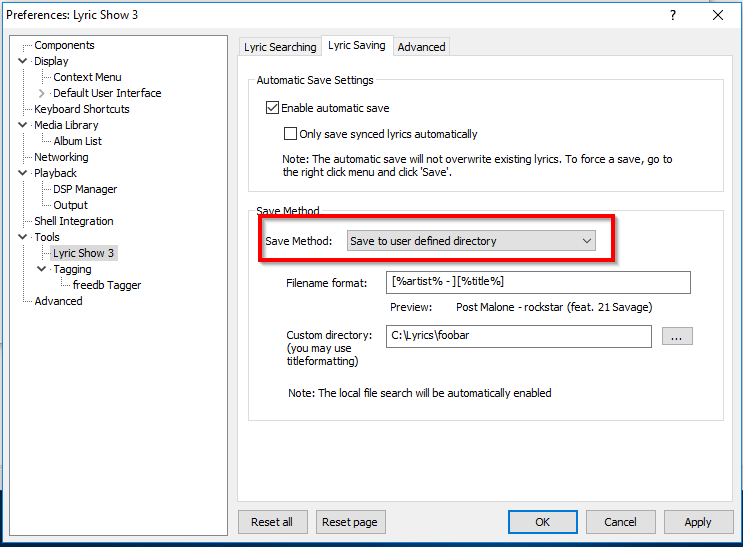Lrc Files Download Lyrics
Next, close the Performance Options window, so that the only Window you have left is the 'System Properties' window.Continuing on from the above: on the 'System Properties' window, you should still be on the'Advanced' tab; look for the 'Startup and Recovery' section (near the bottom of the window), then click the 'Settings' button. Highlight the drive you want to shrink (usually the C drive) near the top of the window, then tick the option for 'No paging file' toward the bottom half of the window, and (!important!) click the 'Set' button. The 'Startup and Recovery' Window will appear. Windows 7 shrink volume. Click OK to close the 'Virtual Memory' window; you will most likely receive a message stating that you need to reboot the complete the changes - don't do it yet. Once you do that, the bottom portion of the window will be accessible.

AntoniePlayer is a Multimedia Player that support many audio and video files. AntoniePlayer supports lyrics (.lrc) file, so you can do karaoke with your audio/video files! AntoniePlayer made with Delphi 5.0 with some components add-ons. I'm using LyricsShowPanelV3 Plugin to download and display lyrics for individual songs, but it saves the lyrics as a.txt file instead of a.lrc file. There is a software Minilyrics which can download and show lyrics as well as save.lrc files on to the disk. These two ways, lyrics are downloaded only for the playing songs.
Enter the artists and song information.Lyric file definition and linked programs information. File extension lrc is used by following file type(s): file type description: Default file extension for.lrc file type: Lyric file The LRC file extension is generally used for files that contain lyrics data with time tags to synchronize with media files. Our LRC Maker is an Online Generator that helps you create LRC file with lyrics subtitles for your local music (0MB traffic) with no stress. Tag time Line-by-Line. If you miss 1 line, click one of the previous lines to go back some seconds.
 At the top of your LRC file, you should include the song name, artists, and album. You will need to use special codes to enter these so that the player can recognize them.
At the top of your LRC file, you should include the song name, artists, and album. You will need to use special codes to enter these so that the player can recognize them.Lrc File Editor
- Add the song title. Put it between square brackets and add
ti:before it. A song called 'This is a Song' would be formatted as[ti:This is a Song]. The song title should be the first line of your LRC file. - Add the name of the artist. This is formatted the same way as the Song Title, except with the code
ar:before it. An artist named 'Artist' would be formatted as[ar:Artist] - Add the name of the album. Like the Artists and Song Title entry, this should be placed in brackets. The album code is
al:before the album name. An album called “Album” would be formatted as[al:Album] - Add any additional information. You can add your name to the LRC file by using the code
[by:Your Name], and you can add the song’s composer by using the tag[au:Author]. Not all players can read this extra information.